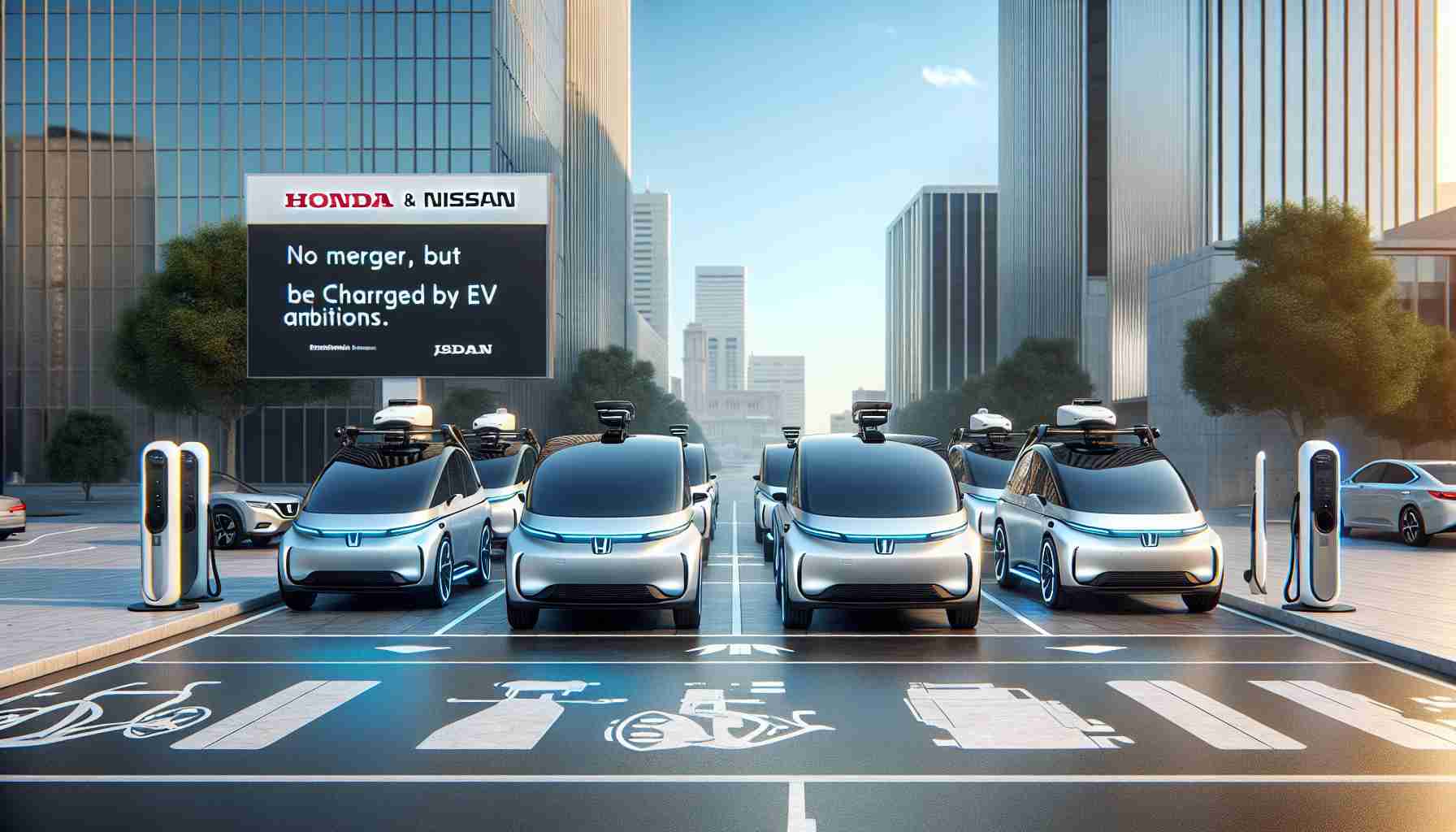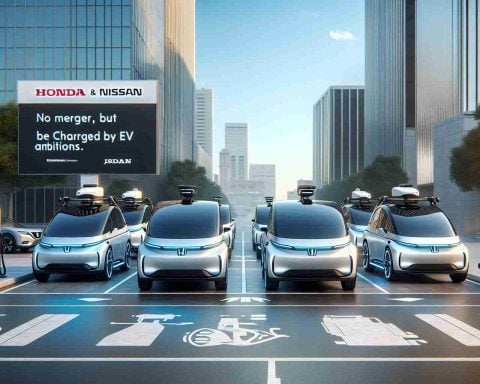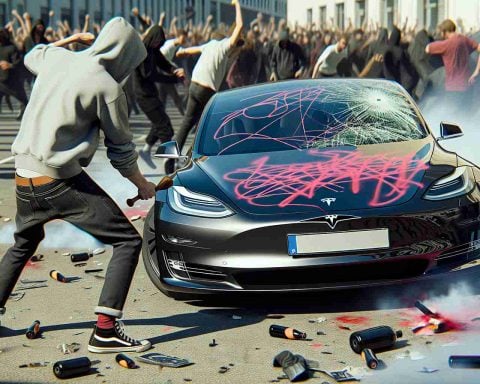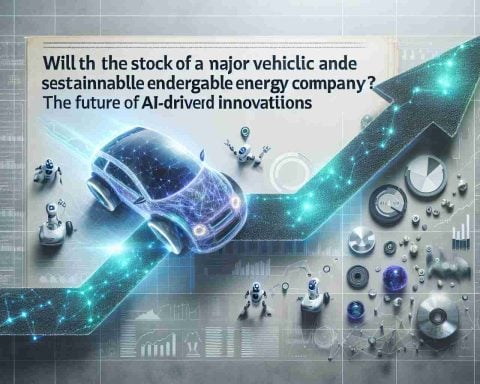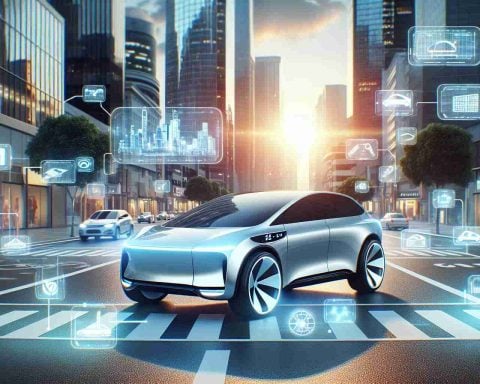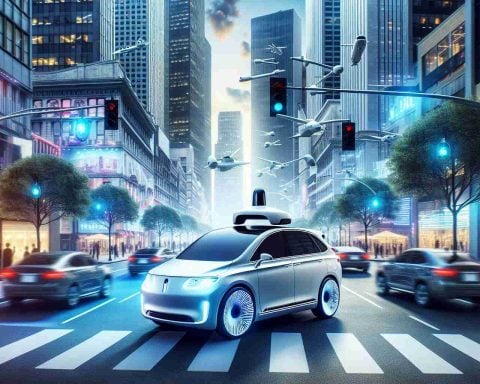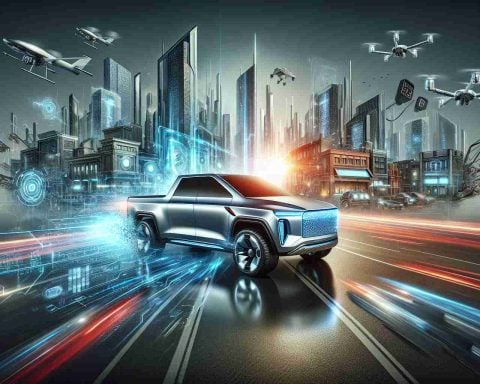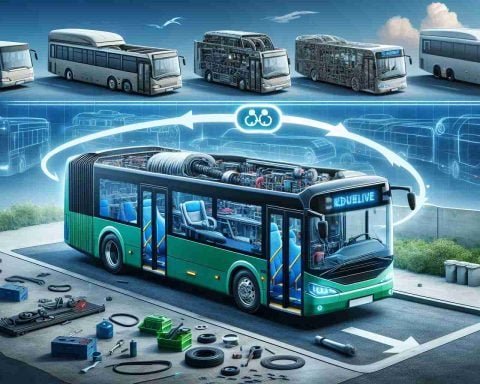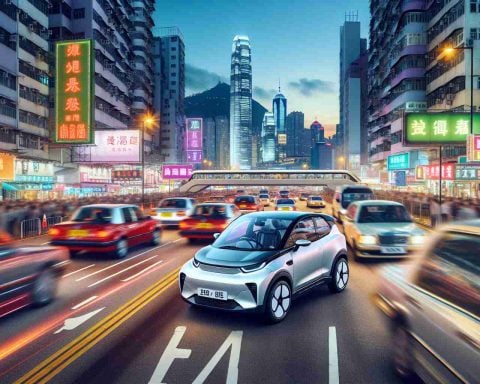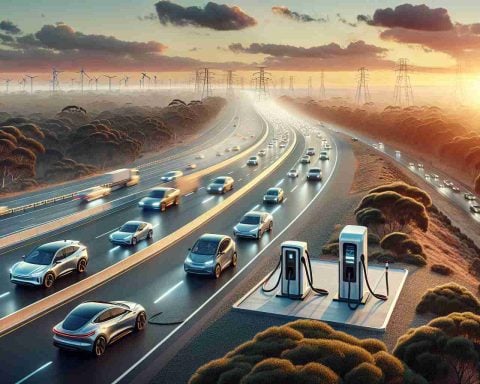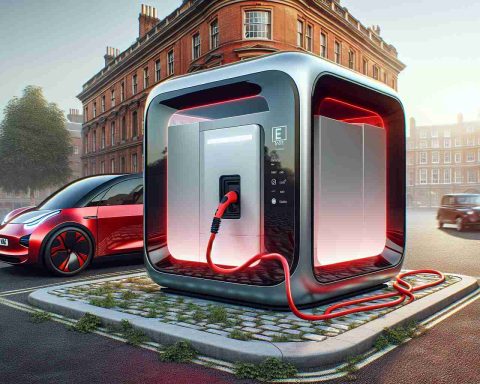- Honda and Nissan have decided against a merger, opting instead for a strategic partnership with Mitsubishi in electric vehicle (EV) development.
- This collaboration allows them to navigate the competitive global automotive market without merging, aiming to compete with giants like Toyota and Volkswagen.
- Nissan, once a leading automaker in Japan, faces challenges such as declining sales and executive issues, highlighted by recent job cuts.
- Traditional automakers are under pressure from innovative and aggressive competitors, particularly Chinese companies like BYD.
- The partnership is seen as a strategy to adapt and stay relevant as the industry shifts toward electrification and sustainable practices.
- This move highlights the importance of collaboration as a means to drive shared goals forward in a rapidly changing environment.
The electric hum of uncertainty fills the air as Honda and Nissan, two titans of Japanese automotive prowess, announce the end of their merger dalliance. Rather than intertwine empires, the companies have chosen to steer through the stormy seas of global competition with a collaborative spirit in EV development.
In an industry facing seismic shifts, Honda and Nissan, accompanied by their junior ally Mitsubishi, lean into a strategic partnership. This coalition aims to propel them into a future where intelligence and electrification reign supreme. While a merger might have birthed a formidable contender to giants like Toyota, Volkswagen, and General Motors, the decision to travel this road separately yet together reflects a nuanced strategy.
Nissan stands at the heart of this narrative, a company once second only to Toyota in Japan, blindsided by sliding sales and executive strife. November brought an unsettling tremor as thousands of job cuts loomed, a stark reminder of their challenges in a fiercely competitive market dominated by Chinese players like BYD.
As the world shifts towards the electric highway, traditional carmakers grapple with the unyielding pace of innovation. This collaborative approach may just offer a lifeline, a chance to reclaim ground from their nimbler, more aggressive rivals.
Ultimately, the tale of Honda, Nissan, and Mitsubishi is one of adaptation. In a rapidly evolving landscape, their partnership serves as a beacon of resilience. As they pivot towards a sustainable horizon, their journey underscores a key truth: collaboration may not always merge economies, but it can power a shared vision for tomorrow.
Electric Alliances: Navigating the Future of Mobility
Expanding the Narrative: What Comes Next for Honda, Nissan, and Mitsubishi?
The decision by Honda and Nissan to forego a merger in favor of a strategic partnership marks a crucial pivot point affecting multiple dimensions of the global automotive industry. The focus on electric vehicle (EV) advancement is not only a commercial strategy but also a response to sweeping regulatory changes and shifting consumer preferences. Understanding this decision requires examining broader context and future implications.
1. Regulatory Pressures and Market Adaptation
Governments around the world are imposing stricter emission regulations and setting ambitious targets for reducing fossil fuel vehicles. For instance, the European Union aims to cut carbon emissions dramatically, impacting how car manufacturers strategize their production lines. Similarly, China, the world’s largest automotive market, has robust policies favoring electric vehicles, demonstrated through substantial subsidies and manufacturing incentives for EVs.
Impact: This regulatory landscape compels traditional automakers like Honda, Nissan, and Mitsubishi to accelerate their transition to electrification or risk losing market relevance and facing financial penalties.
Related Link: European Union
2. Technological Innovation and R&D Initiatives
Collaborative development allows Honda, Nissan, and Mitsubishi to pool resources for research and development (R&D), crucial in keeping pace with technological advancements, such as battery efficiency, autonomous driving capabilities, and connectivity.
Impact: Such collaborations can result in shared platforms and technologies, reducing costs and speeding up the time-to-market for new EV models. By leveraging each other’s strengths, these companies can foster innovation that might be challenging to achieve independently.
Related Link: Consumer Reports
3. Competition Dynamics and Market Share
Toyota, Volkswagen, and General Motors have been at the forefront of developing green technologies and expanding their EV portfolios. Meanwhile, disrupters like Tesla and BYD continue to boost their market presence through innovative technologies and aggressive pricing.
Impact: The strategic partnership allows Honda, Nissan, and Mitsubishi to better position themselves against these established and emerging competitors. By creating shared vehicle platforms or cooperative projects, they can gain economies of scale and improve their market propositions.
Related Link: Tesla
4. Economic and Job Market Implications
The automotive industry’s shift towards electrification and the subsequent restructuring may have profound implications for the workforce. While EV production tends to require fewer workers than internal combustion vehicle manufacturing, the need for skilled labor in software and electrical engineering increases.
Impact: Thousands of jobs could be transformed, and potential job losses could occur within traditional manufacturing roles unless reskilling and education programs are implemented.
Related Link: U.S. Bureau of Labor Statistics
Conclusion: A Collaborative Future
The decision by Honda, Nissan, and Mitsubishi to collaborate rather than merge reflects a pragmatic approach to navigating the complexities of a changing world. By focusing on shared goals and strategies, they aim not only to survive but to thrive in a future dominated by clean energy and intelligent mobility. This strategy of collaboration emphasizes the importance of flexibility and adaptive thinking as automakers worldwide redefine their roles in the automotive ecosystem.
